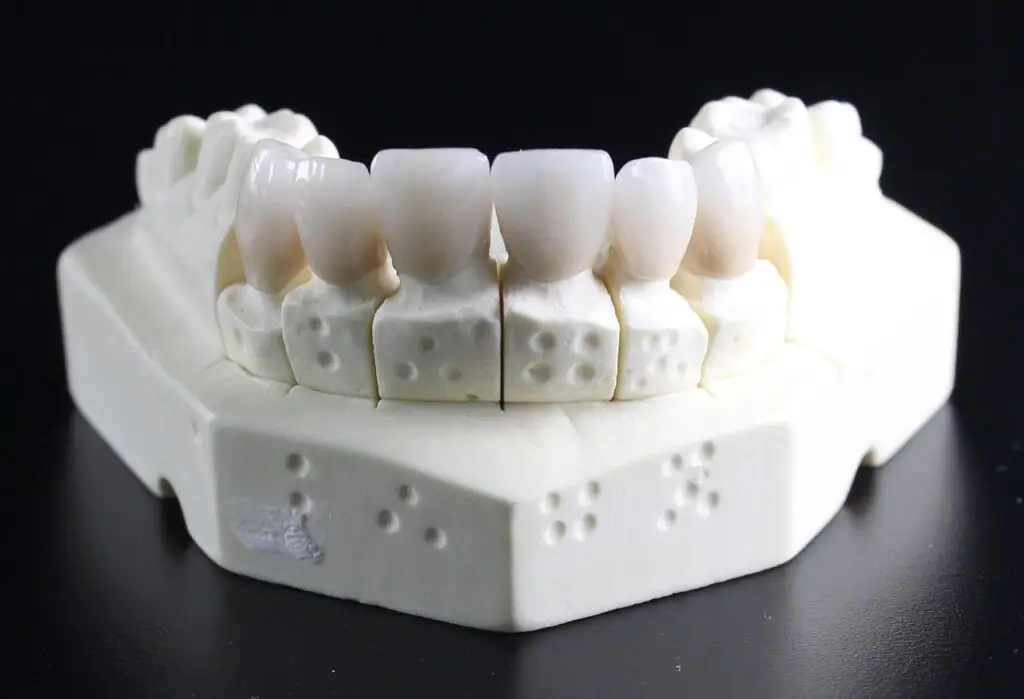
Beyond Bad Breath: The Hidden Impact of Oral Bacteria
Most people think of oral health as having fresh breath and avoiding cavities, but what if I told you the bacteria in your mouth could affect the heart and immune function?
The oral microbiome, a complex community of bacteria, fungi, and viruses, directly affects systemic inflammation and disease progression. Research now links certain oral bacteria to Alzheimer’s, autoimmune diseases, heart disease, and chronic inflammatory conditions. With a focus on integrative gastroenterology, mental health, and the human microbiome, I also use oral microbiome mapping to identify bacterial imbalances and create personalised strategies to support oral microbiome health. For example, a recent study identified that consistent fruit juicing (where the fibre is eliminated) proinflammatory affected teeth health and the oral microbiome.

The Connection Between Gingivitis and Alzheimer’s
If you think bleeding gums are just a minor annoyance, think again Research has found that the bacteria responsible for gingivitis early stage gum disease can travel from the mouth to the brain, where they may contribute to the development of Alzheimer’s disease.
Porphyromonas gingivalis, one of the most aggressive bacteria in gum disease, releases toxins called gingipains. These toxins break down brain cells and trigger an immune response that leads to inflammation, the same process seen in Alzheimer’s patients. Scientists have even found P gingivalis DNA inside the brains of people with Alzheimer’s raising concerns that gum infections could be a hidden contributor to neurodegenerative disease.
Research – https://pmc.ncbi.nlm.nih.gov/articles/PMC7689719/ (2020)
What does this mean in simple terms?
Neglecting your gums might lead to tooth loss and could impact your memory, cognitive function, and long-term brain health.

Oral Bacteria: The Silent Triggers of Chronic Disease
Not all bacteria in the mouth are beneficial Some actively weaken the immune system, drive inflammation and even travel through the bloodstream to distant organs.
Here are some of the most harmful
Porphyromonas gingivalis P gingivalis The Stealth Infiltrator
- It produces gingipains, which break down critical immune defences like IgG IgA and complement proteins.
- Activates matrix metalloproteinases MMPs, leading to gum and tissue destruction.
- Triggers pro-inflammatory mediators worsen conditions like arthritis and Alzheimer’s.
- Suppresses IL8 production, reducing immune cell communication.
- It uses membrane proteins like RagA and RagB, possibly contributing to antibiotic resistance.
- Aggregatibacter actinomycetemcomitans, The White Blood Cell Killer
- Releases leukotoxins that destroy white blood cells, weakening the body’s defence system
- Produces immunosuppressive factors, making it easier for infections to spread.
- Penetrates oral tissues, disrupting natural barriers and increasing inflammation.
Tannerella Forsythia, The Immune Blocker
- It produces karylysin, a protein that inhibits TNF and reduces immune response.
- Releases miropin, which blocks neutrophil degranulation, preventing bacteria from being cleared.
Treponema denticola, The Immune System Manipulator
- It inhibits complement proteins, which normally help destroy harmful bacteria.
- Resists defensins the body’s natural antimicrobial peptides.
- Releases immunosuppressive factors that interfere with macrophage function.
Campylobacter rectus, The Inflammatory Trigger
- It uses leukotoxins to weaken immune cells and contribute to gum disease.
What Is Oral Microbiome Mapping
Basically, oral microbiome mapping is a functional pathology test that identifies the specific bacteria in your mouth. Additionally, It helps pinpoint whether harmful bacteria are driving inflammation, contributing to systemic illness, or interfering with your body’s ability to heal. By analysing these microbial patterns, Zoe can develop a targeted treatment plan, including Antimicrobial herbal formulas to selectively reduce harmful bacteria.
- Probiotic and prebiotic support to restore beneficial microbes
- Nutritional strategies to reduce inflammation and support tissue repair
- Oral hygiene recommendations tailored to your microbiome
- https://nutripath.com.au/product/oral-microbiome-mapping-test-code-2200
- NutriPATH offers an Oral Microbiome Mapping test that uses quantitative PCR technology to accurately measure and quantify the oral cavity’s microbiota.
Key Features of the Test:
Comprehensive Analysis: The test identifies and quantifies various microorganisms, including:
Acinetobacter species
Aggregatibacter actinomycetemcomitans
Campylobacter rectus
Candida albicans
Candida species
Capnocytophaga gingivalis
Enterococcus faecalis
Fusobacterium nucleatum
Haemophilus species
Lactobacillus species
Parvimonas micra
Peptostreptococcus anaerobius
Porphyromonas gingivalis
Prevotella intermedia
Pseudomonas aeruginosa
Staphylococcus aureus
Streptococcus mutans
Streptococcus salivarius
Tannerella forsythia
Treponema denticola
Health Implications include dysbiosis in the oral microbiome can lead to local issues (such as dental caries, periodontitis, gingivitis, and oral cancers) and systemic effects (including neurodegeneration, diabetes, and cardiovascular disease).
nutripath.com.au
To see a practical overview of the testing process, you might find this video informative:
https://youtu.be/Sogmi3nAuis
Book a Consultation
Consequently, oral microbiome mapping could provide the missing answers if you are struggling with chronic inflammation, gum disease, or health issues that do not seem to have a clear cause. Focusing on integrative gastroenterology, mental health and the human microbiome, I work with clients to uncover the root cause of illness and create a personalised treatment plan.
Get in touch today to book a consultation and take the first step towards better health

